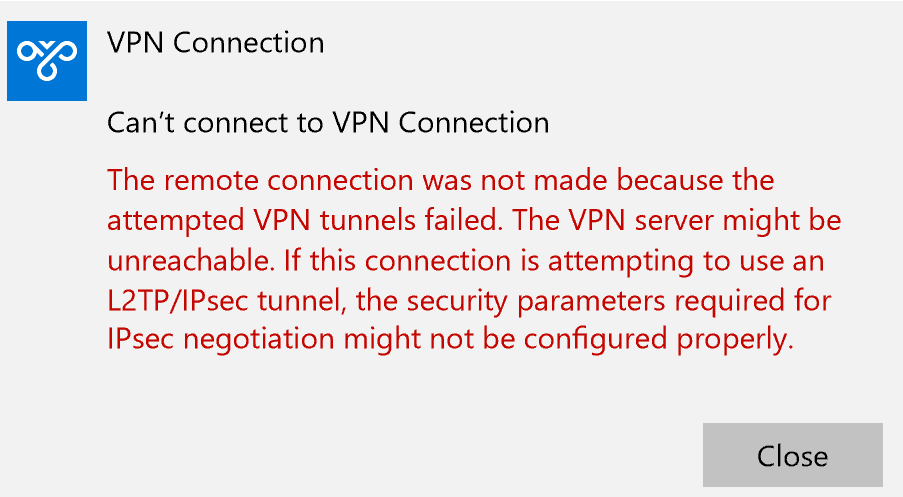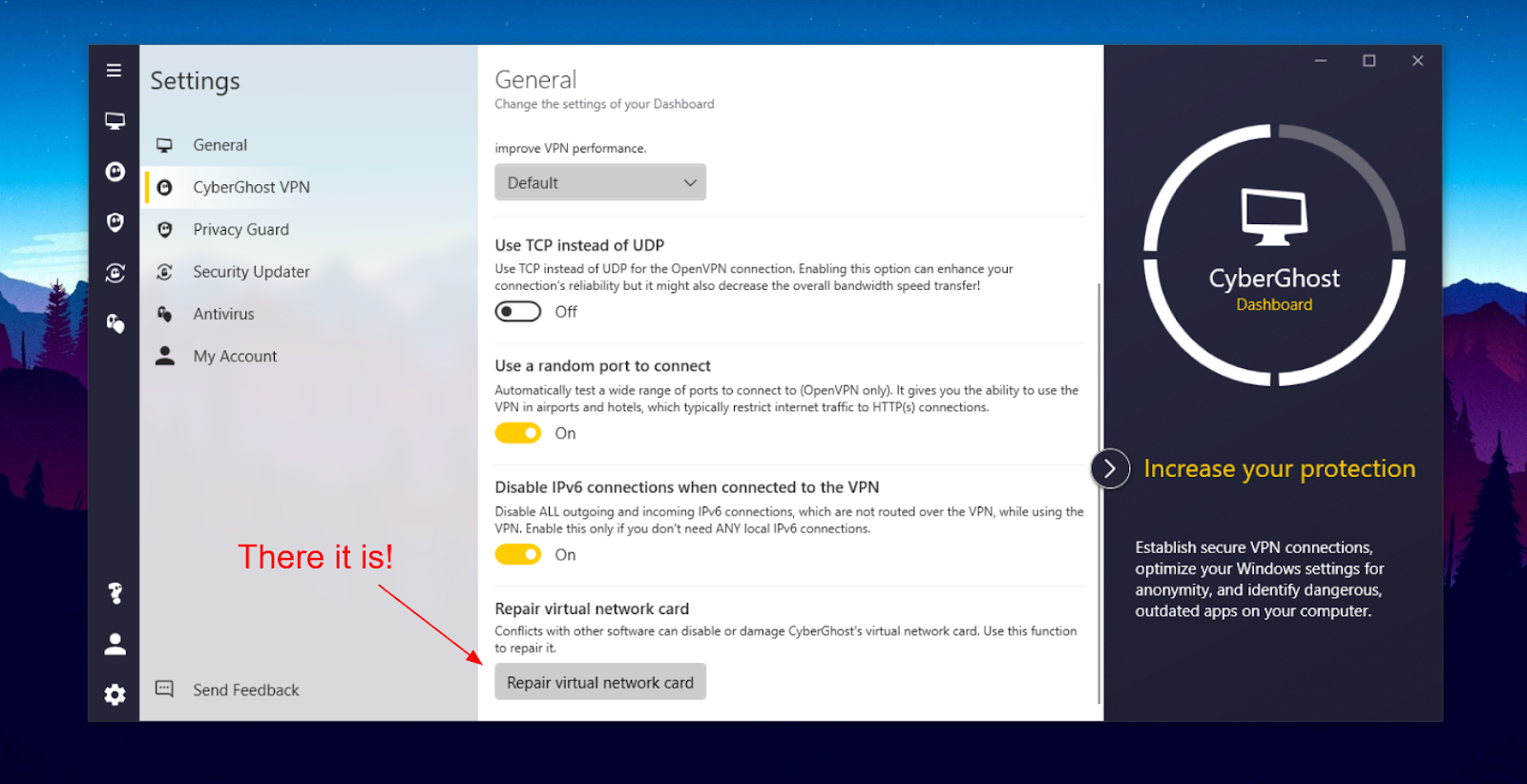Featured
Table of Contents
Streaming Websites, Services, Or Apps Are Inaccessible ...

The Routing and Remote Gain access to snap-in lives within the Microsoft Management Console, referred to as the MMC. There are multiple ways to access the MMC. You can select the console from the Start menu's Programs choices, within the Administrative Tools folder within Windows server's Control Panel or by typing mmc at a command prompt.
As Tech, Republic's Brandon Vigliarolo demonstrates within his video at the start of this post, the Services console shows the status of the Routing and Remote Gain access to entry. From within the Providers console and with the Routing and Remote Gain access to entry highlighted, you can click Start the Service or right-click the entry and select Restart.
Often the VPN customer and VPN server are set to using various authentication methods. Validate whether an authentication mistake is the problem by opening the server console. Yet another method of accessing the MMC is to type Control+R to open a command prompt in which you can type mmc and hit Enter or click OK.
If the entry isn't present, click File, choose Add/Remove Snap-in, pick the Routing and Remote Access option from the choices and click Include, then OK. With the Routing and Remote Access snap-in added, right-click on the VPN server and click Characteristics. Review the Security tab to verify the authentication technique.
Troubleshoot Uid Vpn Issues - Unifi
Make sure the VPN customer is set to the authentication method defined within the Security tab. Normally the products just examined are accountable for most VPN connection refusal errors.
IP addresses are another fundamental element for which administration must be effectively set. Each Web-based VPN connection typically uses two different IP addresses for the VPN customer computer. The very first IP address is the one that was appointed by the client's ISP. This is the IP address that's utilized to develop the preliminary TCP/IP connection to the VPN server over the Internet.

This IP address normally has the same subnet as the local network and thus enables the client to communicate with the local network. When you established the VPN server, you should set up a DHCP server to designate addresses to clients, or you can produce a bank of IP addresses to appoint to customers straight from the VPN server.


If this choice is selected and the reliable remote gain access to policy is set to allow remote gain access to, the user will have the ability to connect to the VPN. I have been unable to re-create the situation personally, I have heard rumors that a bug exists in older Windows servers that can cause the connection to be accepted even if the reliable remote gain access to policy is set to reject a user's connection.
Remote Access (Vpn And Aovpn) Troubleshooting Guidance

Another common VPN problem is that a connection is successfully developed but the remote user is unable to access the network beyond the VPN server. Without a doubt, the most common reason for this problem is that permission hasn't been granted for the user to access the entire network. To permit a user to access the entire network, go to the Routing and Remote Access console and right-click on the VPN server that's having the issue.
At the top of the IP tab is an Enable IP Routing check box. If this check box is allowed, VPN users will be able to access the rest of the network, assuming network firewall softwares and security-as-a-service settings allow. If the checkbox is not chosen, these users will have the ability to access just the VPN server, however absolutely nothing beyond.
For instance, if a user is dialing straight into the VPN server, it's generally best to configure a static path between the client and the server. You can set up a static path by going to the Dial In tab of the user's homes sheet in Active Directory Users and Computers and selecting the Apply A Fixed Path check box.
Click the Add Path button and then enter the destination IP address and network mask in the space supplied. The metric ought to be left at 1. If you're utilizing a DHCP server to designate IP addresses to customers, there are a number of other issues that might trigger users not to be able to go beyond the VPN server.
Troubleshooting And Known Issues
If the DHCP server assigns the user an IP address that is currently in use elsewhere on the network, Windows will detect the conflict and prevent the user from accessing the rest of the network. Another typical problem is the user not getting an address at all. Many of the time, if the DHCP server can't assign the user an IP address, the connection won't make it this far.
If the customer is assigned an address in a range that's not present within the system's routing tables, the user will be not able to browse the network beyond the VPN server. Guarantee the resources the user is attempting to gain access to are actually on the network to which the user is linking.
A VPN connection to the other subnet might, in truth, be required. A firewall software or security as a service option might likewise be to blame, so do not forget to evaluate those solutions' settings, if such components are present between the VPN server and the resources the user looks for to reach.
The very first possibility is that one or more of the routers involved is carrying out IP packet filtering. IP packet filtering might avoid IP tunnel traffic. I suggest inspecting the customer, the server and any machines in between for IP packet filters. You can do this by clicking the Advanced button on each machine's TCP/IP Characteristics sheet, choosing the Options tab from the Advanced TCP/IP Settings Characteristic sheet, selecting TCP/IP Filtering and clicking the Properties button.
Latest Posts
The Top 10 Enterprise Vpn Solutions
Advantages And Disadvantages Of A Vpn
10 Best Cloud Vpn Providers In 2023